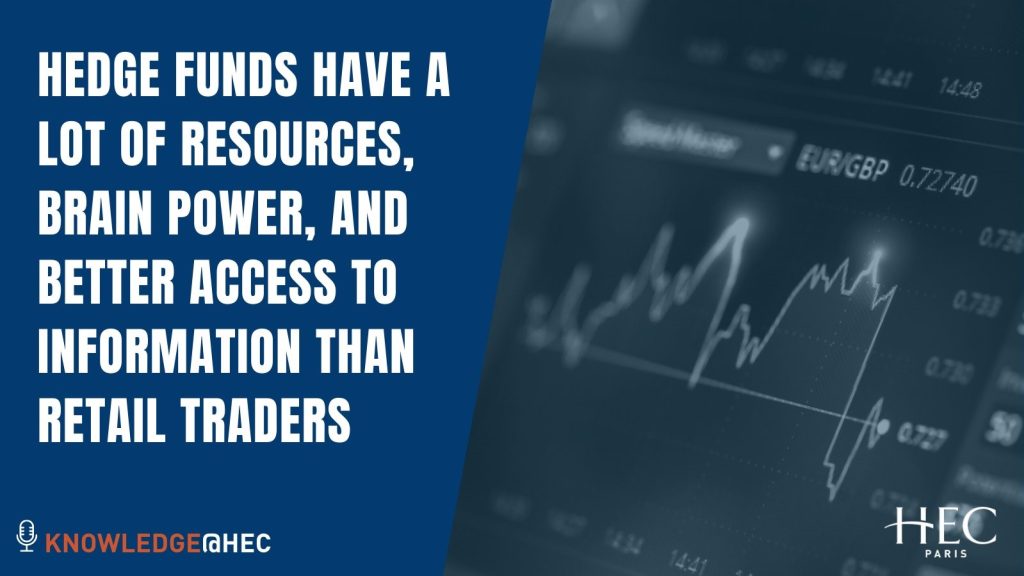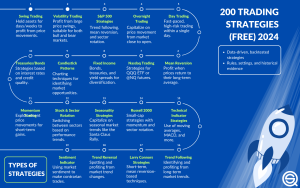Algorithmic Trading Strategies for Retail Investors: How to Trade Like the Pros (Without the PhD)
3 min read
Let’s be honest—algorithmic trading used to be the exclusive playground of hedge funds and Wall Street quants. But these days? Retail investors can harness the same power with just a laptop and some know-how. Here’s the deal: you don’t need to code like a Silicon Valley engineer or crunch numbers like a math professor. You just need the right strategies.
What Is Algorithmic Trading (And Why Should You Care)?
Algorithmic trading—or algo trading—is simply using pre-programmed rules to execute trades automatically. Think of it like setting up a robot to follow your exact instructions while you sip coffee. The perks? No emotional decisions, lightning-fast execution, and the ability to exploit tiny market inefficiencies that humans might miss.
5 Algorithmic Trading Strategies Anyone Can Use
1. Trend Following: Ride the Wave
This one’s straightforward. The algorithm identifies upward or downward trends and jumps on board. It’s like surfing—you wait for the right wave, then ride it until it fizzles out. Simple tools like moving averages or the MACD indicator can help automate this.
2. Mean Reversion: Betting on the Bounce
Stocks often oscillate around their average price. Mean reversion strategies capitalize on this by buying when prices dip below the average and selling when they spike above. It’s like a rubber band—stretch it too far, and it snaps back.
3. Arbitrage: Exploiting Tiny Price Gaps
Ever notice how a stock might trade at slightly different prices on two exchanges? Arbitrage algorithms buy low on one platform and sell high on another—pocketing the difference. Sure, the gaps are small, but do this hundreds of times a day, and it adds up.
4. Market Making: Playing the Middleman
Market makers profit from the bid-ask spread. Your algorithm continuously places buy and sell orders, earning a tiny slice each time. It’s like running a digital lemonade stand—small margins, high volume.
5. Sentiment Analysis: Trading the News
Algorithms can scan news headlines, social media, or earnings reports to gauge market mood. If Tesla’s CEO tweets something bullish, the bot might buy before human traders even react. It’s like having a sixth sense for market vibes.
Tools You’ll Need to Get Started
You don’t need a supercomputer. Here’s the bare minimum:
- A brokerage with API access (Think Interactive Brokers, Alpaca, or TD Ameritrade)
- Basic coding skills (Python is the go-to language)
- Backtesting software (Backtrader, QuantConnect, or even Excel for simple strategies)
- Historical data (Yahoo Finance, Alpha Vantage, or your broker’s data feed)
Common Pitfalls (And How to Dodge Them)
Algorithmic trading isn’t a magic money printer. Here’s where beginners trip up:
- Overfitting: Your strategy works perfectly… on past data. Real markets? Not so much.
- Ignoring fees: Those tiny commissions add up fast—especially with high-frequency trades.
- Underestimating latency: Even a half-second delay can kill your edge.
- No fail-safes: What if the market crashes while your bot’s asleep? Always include emergency exits.
Is Algorithmic Trading Right for You?
Well, it depends. If you love tinkering, enjoy data, and can handle some coding, it’s worth a shot. But if you’re looking for a “set it and forget it” wealth hack? Maybe stick to index funds. The truth is, algo trading isn’t easy—but for the right person, it’s incredibly rewarding.
So… ready to turn your laptop into a Wall Street trading desk?








